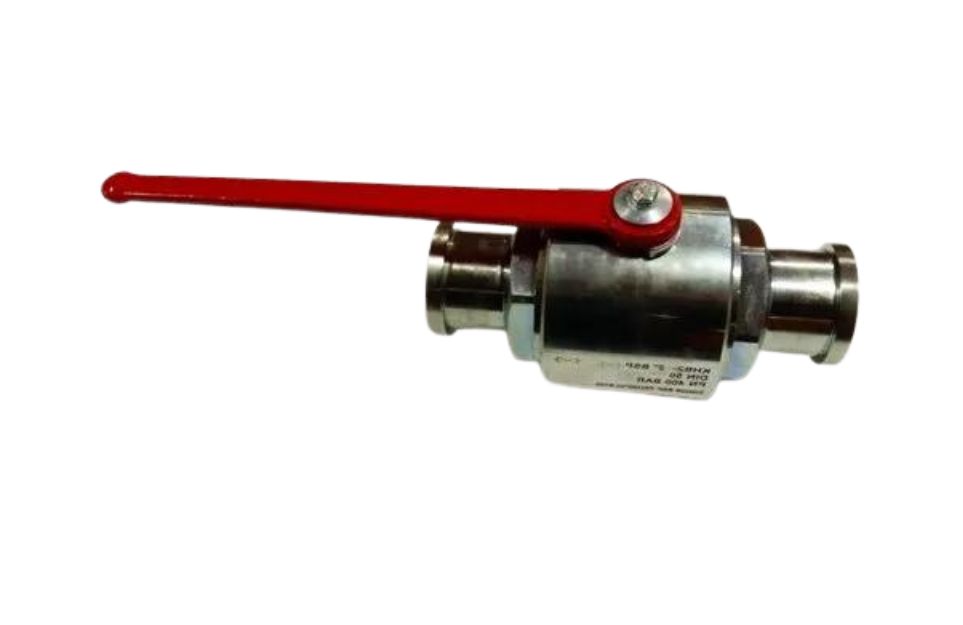Hydraulic Valve
A hydraulic valve is a crucial component in hydraulic systems, controlling the flow of hydraulic fluid and directing it to various actuators, motors, or other hydraulic components. Valves are essential for regulating pressure, flow rate, and direction within a hydraulic system, allowing for precise control and efficient operation. There are various types of hydraulic valves, each serving specific functions.

The Key points about Hydraulic Valve:
Function:
The primary function of a hydraulic valve is to control the flow of hydraulic fluid in a system. This includes regulating pressure, directing fluid to specific components, and providing control over the system's overall operation.
Types of Hydraulic Valves:
- Pressure Control Valves: Maintain a set pressure level within a hydraulic system. Types include relief valves, reducing valves, and sequence valves.
- Flow Control Valves: Regulate the rate of fluid flow through a hydraulic system. Examples include throttling valves and flow control valves.
- Check Valves: Allow fluid to flow in one direction only, preventing backflow.
- Proportional Valves: Provide precise control over fluid flow or pressure in proportion to an electrical or mechanical input.
- Spool Valves: Use a moving spool to control flow paths.
- Poppet Valves: Use a poppet or ball to control flow.
Directional Control Valves: These valves control the direction of fluid flow within a hydraulic system. They include:
Actuation Methods:
Hydraulic valves can be actuated using various methods, including manual, mechanical, hydraulic, pneumatic, or solenoid-driven mechanisms. The actuation method determines how the valve is controlled.
Symbolic Representation:
Hydraulic valves are often represented graphically using symbols in hydraulic circuit diagrams. These symbols help engineers and technicians understand the function of each valve in the system.
Applications:
Hydraulic valves are used in a wide range of applications, including industrial machinery, mobile equipment, construction machinery, agricultural equipment, and aerospace systems.
Hydraulic Valve Configurations:
Valves can be configured as standalone components or integrated into hydraulic manifolds. Manifolds are blocks with interconnected passages that simplify the assembly and maintenance of hydraulic systems.
Solenoid Valves:
Solenoid-operated valves use an electromechanical solenoid to actuate the valve. They are commonly used for remote and automated control in hydraulic systems.
Load Sensing Valves:
Load sensing valves adjust the flow rate based on the load requirements of the hydraulic system. This helps improve energy efficiency.
Cartridge Valves:
Cartridge valves are compact hydraulic valves that can be inserted into a manifold. They offer modular and customizable solutions for hydraulic systems.
Reliability and Maintenance:
Regular maintenance is crucial to ensure the reliable operation of hydraulic valves. This includes checking for leaks, monitoring pressure levels, and addressing any wear or damage.
Why Choose Hydraulic Valve ?
Selecting the right hydraulic valve for a specific application involves considering factors such as system requirements, flow rates, pressure levels, and the desired control parameters. Proper installation, maintenance, and monitoring are essential for the longevity and performance of hydraulic valves in various industrial settings.
